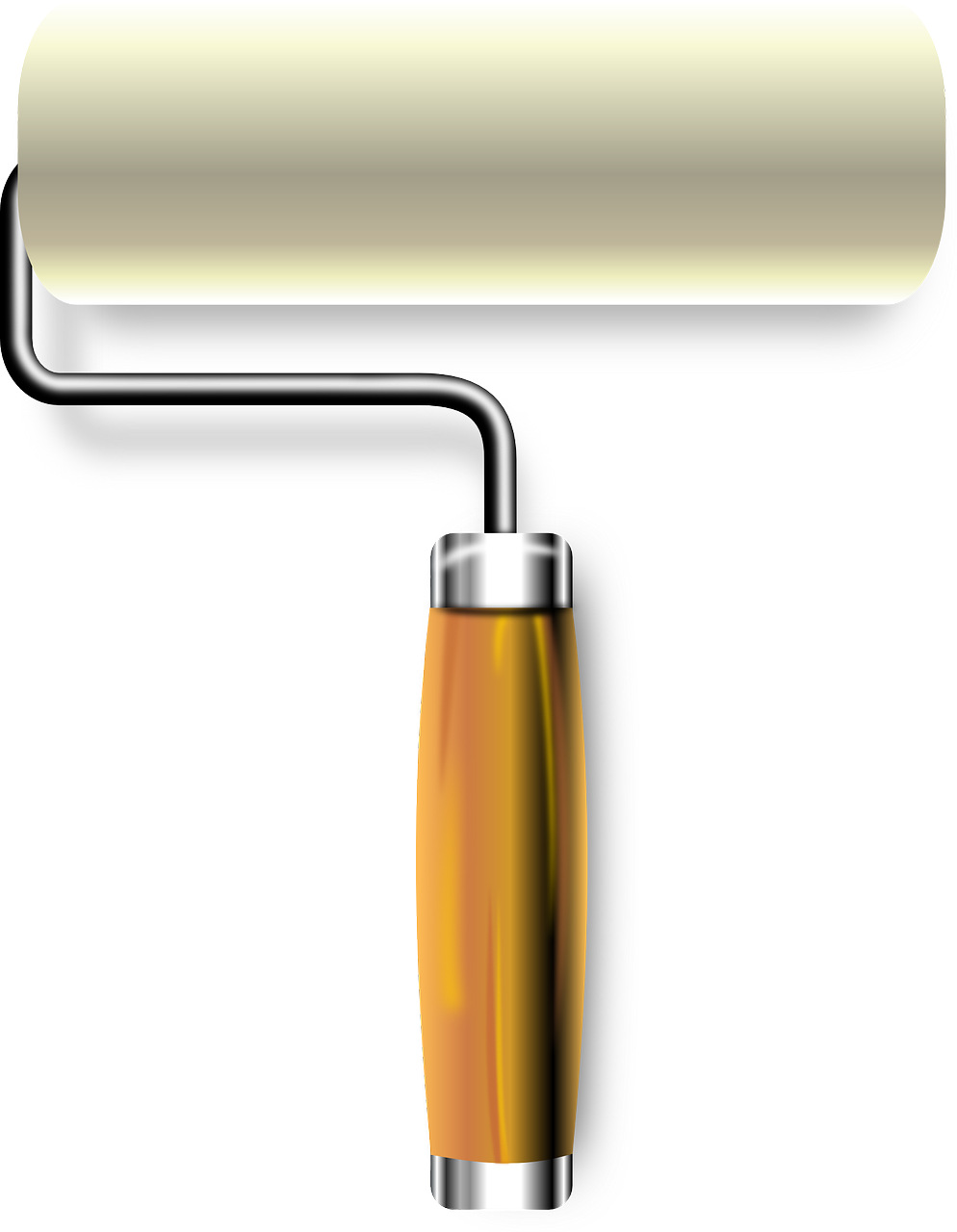Preparing, painting and maintaining timber surfaces
posted: 24/Aug/2015

Timber species and timber based products have different characteristics which could influence the choice of finish.
The following should be considered:-
- density - higher density species (e.g. most hardwoods) are less prone to absorb moisture and solvents and therefore film coatings (paints) are generally best, lower density species (e.g. softwoods) readily absorb stains.
- texture - fine, smooth grains and textures are best for paints, and course grains best for penetrating stains.
- seasoning - seasoned timber is best condition for painting.
- dressed timber - painting is best on dressed timber.
- unseasoned sawn timber - better performance with stains.
- weathered timber - staining is preferable on weathered and worn surfaces. (Surfaces to be brushed clean) Painting will require substantial surface preparation such as filling and sanding.
Application of Finishes
The manufacturers’ recommendations with respect to surface preparation, sealing, priming, number of coats, spreading rates, frequency between coats, weather conditions at time of application etc. should be followed to achieve maximum life and performance.
Primers provide protection to the substrate and a good base for adhesion of subsequent coats. Primers can also incorporate fungicides. Primers should be applied by brush, as this technique gives better surface wetting and penetration into grain, joints and corners. External timber products such as fascia, cladding, joinery and mouldings may be factory primed. This provides protection from weather and contamination during transport, site storage and construction. Unprimed timber products should be primed all round before installation (i.e. on all surfaces whether exposed or hidden from view) preferably as soon as they reach site. Re-priming is required after any cutting or handling which removes primer or exposes end-grain. Any primed work that has deteriorated through exposure should be cleaned down and re-primed.
Undercoats may be required to provide a bridge between primer and top coats. They are designed to bridge cracks, and ensure easy application of finishing coats. As they are opaque they obscure the background colour of the substrate and primer. Solvent and water borne undercoats are available. Undercoats should match the colour of finish coats on unseasoned cladding.
Finishing coats are available in both solvent and water borne forms. Water borne finishes have the added advantages of rapid clean-up and faster drying and re-coating times. Finishing coats are available in gloss, semi-gloss/satin and flat/matt or low sheen formulations. Undercoats and finish coats may be applied by brush, roller or airless spray system.
Surface Preparation
Sharp edges should be rounded before painting. Paint tends to pull back from sharp edges, leaving a thin film which will soon fail.
Timber should be reasonably dry before painting. Blistering will occur if excess moisture is trapped behind a cured paint film.
Before painting CCA-treated timber, ensure that the timber has had sufficient time to allow the water from the treatment solution to dry out. (A few weeks is usually sufficient) If any CCA deposits (a green to white powder) are on the timber surfaces, these should be removed before painting by scrubbing under a hose.
Before painting LOSP-treated timber, allow sufficient time for the light organic solvent to evaporate. (A week is usually sufficient) LOSP treated timber must have a solvent based primer, prior to either solvent or water based finishing coats.
End grain of all timber should be carefully sealed. Sealants should be applied to joints in cladding and joinery to prevent moisture entry.
Maintenance
All finish systems require regular maintenance to provide protection for the timber substrate.
Mould and mildew should be removed before re-coating as it may spread between coats and even result in lifting of film or stain.
Finish performance should be monitored to detect deterioration. Early detection and re-application will often reduce the need for surface preparation such as stripping and sanding.
Previous Articles
Do you know your timber truss history?
Paint? Stain? Or maybe a clear finish? Get the low down on how timber finishes can extend service life
If you want a long lasting timber deck you need to consider moisture content and expansion.